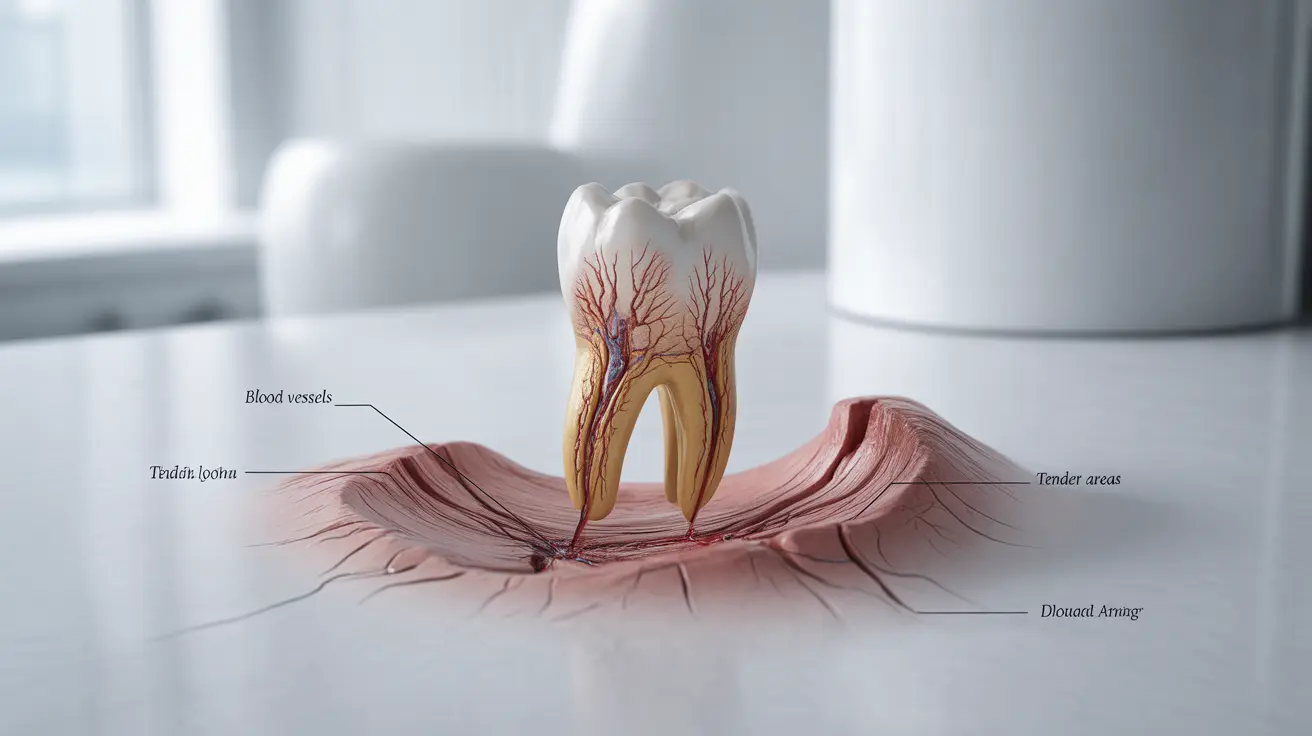In the world of microscopic organisms, few are as terrifying as the brain-eating amoeba, scientifically known as Naegleria fowleri. This single-celled microorganism lurks in warm freshwater environments, posing a rare but devastating threat to human health. Despite its infrequent occurrence, the potential consequences of a Naegleria fowleri infection make it a subject of critical medical concern and public awareness.
Understanding this microscopic predator is crucial for anyone who enjoys water-based recreational activities or lives in regions with warm freshwater environments. This comprehensive guide will explore the nature of this deadly organism, its transmission, symptoms, and most importantly, how to protect yourself from its potentially fatal impact.
What is Naegleria Fowleri?
Naegleria fowleri is a free-living amoeba naturally found in warm freshwater environments such as lakes, rivers, hot springs, and poorly maintained swimming pools. Unlike many dangerous microorganisms, this amoeba doesn't seek out human hosts but can cause catastrophic infection when water containing the organism enters a person's nasal passages.
Habitat and Characteristics
- Thrives in warm, stagnant freshwater
- Commonly found in southern United States regions
- Prefers water temperatures above 80°F (26°C)
- Microscopic in size, invisible to the naked eye
How Naegleria Fowleri Causes Infection
Infection occurs through a specific and narrow route: when contaminated water enters the nose, typically during activities like swimming, diving, or other water sports. The amoeba then travels through the olfactory nerves directly to the brain, causing a rare but almost always fatal condition called primary amebic meningoencephalitis (PAM).
Critical Transmission Facts
- Infection is NOT caused by drinking contaminated water
- Cannot spread from person to person
- Enters the body exclusively through the nasal passages
- Most common during summer months in warm water environments
Symptoms and Progression of Brain-Eating Amoeba Infection
The progression of a Naegleria fowleri infection is alarmingly rapid and devastating. Initial symptoms may seem like a typical illness, but the disease quickly escalates to severe neurological complications.
Early Stage Symptoms
- Severe headache
- High fever
- Nausea
- Vomiting
Advanced Stage Symptoms
- Stiff neck
- Confusion
- Loss of balance
- Hallucinations
- Potential coma
Most tragically, the disease progresses extremely quickly. From the onset of symptoms, patients typically succumb within 1 to 18 days, with the average being around 5 days.
Prevention and Risk Reduction Strategies
While Naegleria fowleri infections are extremely rare, prevention is crucial given the disease's high mortality rate. Simple precautions can significantly reduce the risk of exposure during water-related activities.
Protective Measures
- Use nose clips when swimming in warm freshwater
- Avoid submerging head in shallow, warm water
- Keep water from entering nasal passages
- Use distilled or boiled water for nasal irrigation
- Avoid stirring up sediment in warm, stagnant water bodies
Diagnosis and Treatment Challenges
Diagnosing a Naegleria fowleri infection is extremely difficult. The rarity of the condition, combined with its rapid progression, means that definitive diagnosis often occurs post-mortem. Only a few specialized laboratories in the United States, including the CDC, can effectively identify the organism.
Treatment options are limited, and the survival rate is devastatingly low—over 97% of infections are fatal. While some experimental drug treatments have shown potential, the key to survival lies in extremely early detection and intervention.
Frequently Asked Questions
What are the symptoms of a brain-eating amoeba infection, and how quickly do they progress?
Symptoms start mild with headache, fever, and nausea but rapidly progress to neurological complications like confusion, loss of balance, and hallucinations. The entire disease course typically spans just 1-18 days, with most patients dying within 5 days of symptom onset.
How can I prevent Naegleria fowleri infection when swimming in freshwater lakes or rivers?
Use nose clips, avoid submerging your head in warm, stagnant water, and minimize activities that might force water up your nose. Be particularly cautious in shallow, warm water during summer months.
Can I get Naegleria fowleri from tap water, and what precautions should I take when using a neti pot or similar devices?
While extremely rare, use only distilled, sterile, or boiled water for nasal irrigation. Let boiled water cool to lukewarm before use, and always follow strict cleaning protocols for neti pots and similar devices.
What are the chances of surviving primary amebic meningoencephalitis (PAM) caused by Naegleria fowleri?
Survival chances are extremely low. Out of 164 known cases in the US from 1962 to 2023, only four individuals have survived, representing a survival rate of less than 3%.
How does Naegleria fowleri infection differ from other serious microbial infections that affect the brain?
Unlike many brain infections, Naegleria fowleri specifically enters through the nasal passages, travels directly to the brain via olfactory nerves, and progresses extremely rapidly, making it uniquely dangerous compared to many other microbial brain infections.




